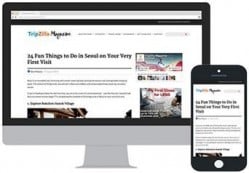From winding coastal highways to red-dusted outback roads, Australia’s most breathtaking sights often lie well beyond the reach of trains and buses. Public transport can be practical within major cities, but if you truly want the freedom to see Australia on your terms, renting a car is almost essential.
Here’s what to know before you set off, from the quirks of driving down under to step-by-step advice on hiring a car, plus what to do if the unexpected happens on the road.
Also read: Discover Australia Your Way: Experiences for The Luxe Traveller, Thrill-seeker and More!
What driving in Australia is really like
Australia is a country built for road trips, but it pays to understand local driving conditions before you go.
Roadkill and wildlife hazards
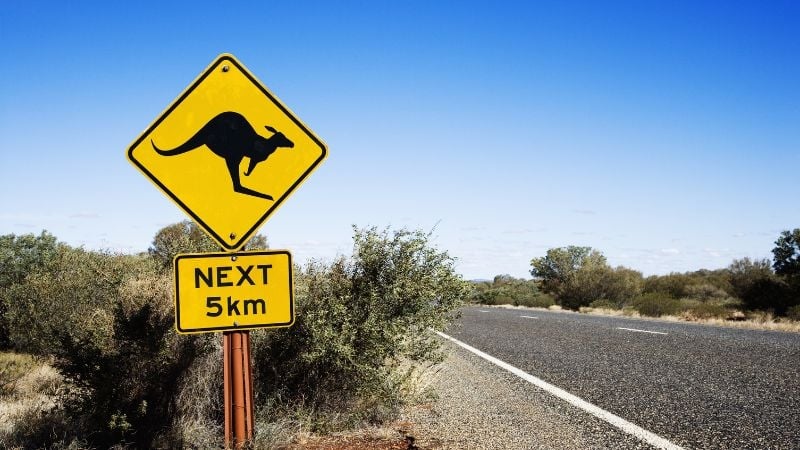
Image credit: IOFOTO via Canva Pro
One thing many drivers are surprised by in Australia is just how frequently wildlife appears on the road. Kangaroos, wallabies, wombats and even emus can suddenly cross your path, and seeing roadkill along highways, particularly in rural areas, is sadly very common.
This is largely because speed limits on country roads can be as high as 110 km/h, leaving drivers little time to react if an animal darts out unexpectedly. Collisions not only put wildlife at risk but can cause significant damage to your vehicle and endanger everyone inside.
To reduce the risk, try your best to slow down in areas marked with wildlife signs and avoid driving at dawn, dusk or night, when animals are most active.
Long distances and sparse facilities
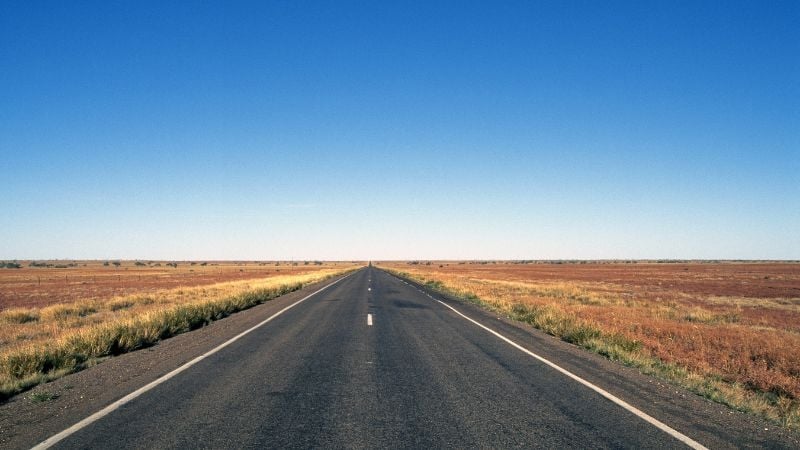
Image credit: Tourism Australia via Canva Pro
Distances between towns can be vast, with few fuel stations, rest stops or even mobile signal along the way. Plan your route carefully: keep an eye on fuel levels, pack water and snacks, and take regular breaks to stay alert.
Speed limits on highways can be as high as 110 km/h, and roads are generally well maintained, but fatigue is a major risk on empty, endless stretches.
Left-hand driving and local rules
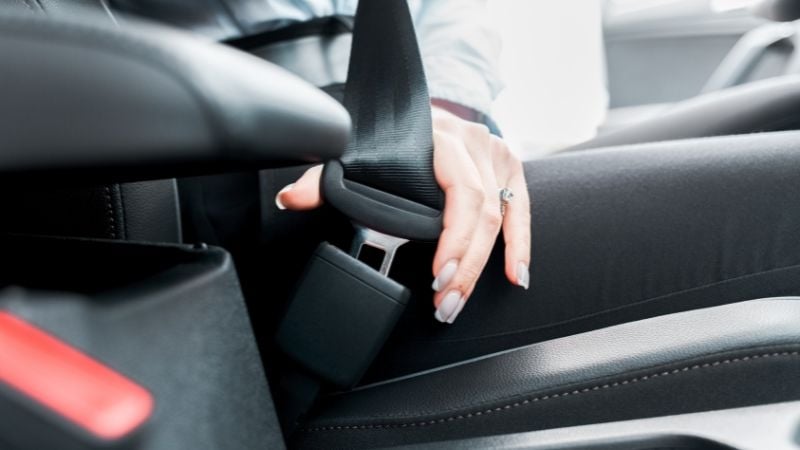
Image credit: Andrii Borodai via Canva Pro
Australia drives on the left. Seatbelts are compulsory for all passengers, and strict drink-driving laws apply (the blood alcohol limit is typically 0.05%). Many highways have electronic tolls, so check if your rental includes an e-tag or ask how toll charges are managed.
Also read: The Ultimate Guide to Sustainable Travel: Smart Choices for the Environment and Your Wallet
How to rent a car in Australia: A step-by-step guide
Renting a car in Australia is quite straightforward, but knowing the process helps you avoid last-minute surprises and hidden costs.
Check your licence requirements
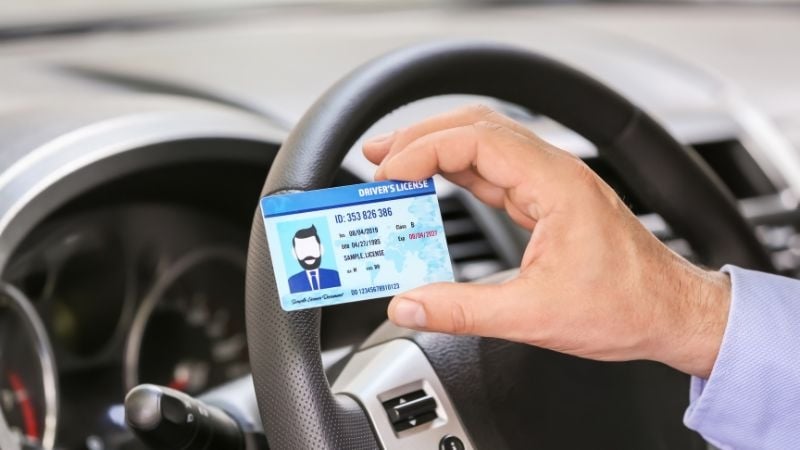
Image credit: pixelshot via Canva Pro
A valid Singaporean driver’s licence is usually sufficient, but some rental companies may require an International Driving Permit (IDP), especially if your licence is not in English or if it’s company policy. Bring your passport and a credit card for the security deposit (debit cards are often not accepted).
Choose the right car and rental provider
Think about where you’ll be driving: a compact car works for city and highway use, but for gravel roads, coastal tracks or national parks, a four-wheel drive (4WD) is far safer and more comfortable.
Compare prices across international brands like Hertz, Budget and Avis, as well as local providers, and look out for inclusions like unlimited kilometres or additional drivers.
Book in advance
Booking ahead, especially during Australian school holidays or peak tourist seasons, helps secure better rates and ensures availability. Many rental companies offer flexible cancellation options too.
Understand insurance and rental terms
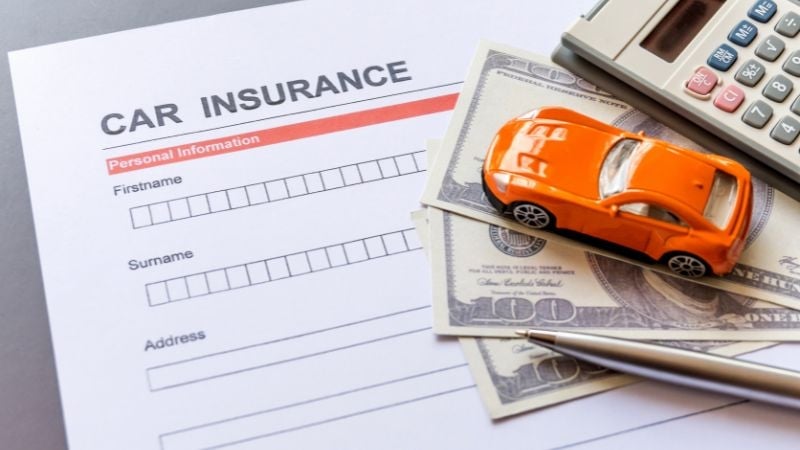
Image credit: Noey smiley via Canva Pro
Basic insurance (often called ‘standard cover’) is typically included, but it usually comes with a high excess, meaning you pay a large amount out of pocket if there’s damage.
Consider adding a collision damage waiver (CDW) or excess reduction cover to lower your financial risk. Also check if your travel insurance or credit card covers rental car damage, so you don’t pay for duplicate cover. Read the rental agreement carefully for mileage limits, fuel policies (most use full-to-full) and toll arrangements.
Prepare your documents
On pick-up day, bring your driver’s licence, IDP if needed, passport and credit card. The card must have enough available credit for the security deposit, which can be several hundred dollars.
Inspect before driving off
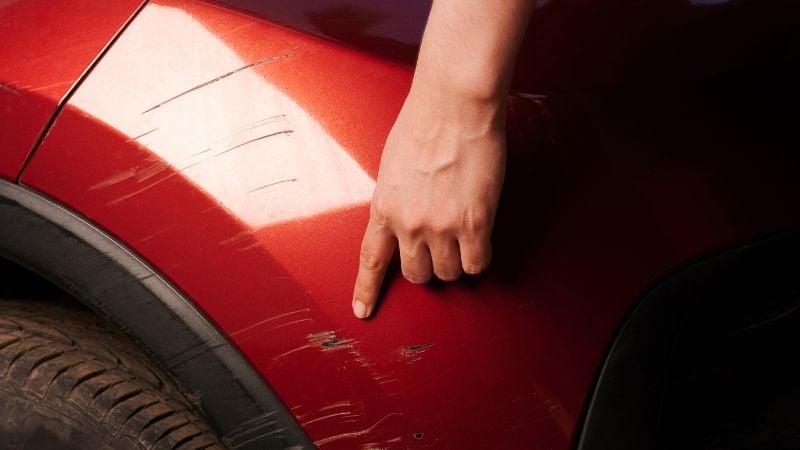
Image credit: dimarik via Canva Pro
Walk around the car and check for scratches, dents or any mechanical issues. Take photos or videos to document its condition and share these with the rental staff if needed. Check that the spare tyre, jack and other basics are in place.
Familiarise yourself with local rules
Besides driving on the left, note that you must stop completely at stop signs, even if the road looks clear. Roundabouts work clockwise, and giving way to your right is the rule. Always keep headlights on in low visibility, and check local laws if planning to use dash cams.
Enjoy your drive

Image credit: Francesco Ricca Iacomino via Canva Pro
Stick to speed limits, stay rested, and remember to refuel before long stretches without stations. Many Australian roads are single carriageways; be patient behind slower vehicles and only overtake when it’s safe.
Return the car properly
Bring it back on time, refuel to the agreed level, and check it’s clean. A final inspection with staff helps close the rental smoothly. Keep receipts until your deposit is released.
What to do if you get into an accident
No one plans for it, but knowing what to do in case of an accident can make a stressful situation much easier.
First things first, get proper insurance before you drive
The importance of having insurance cannot be overstated. While standard rental cover helps, it often leaves you liable for a large excess. Adding extra insurance, whether directly through the rental company, your travel insurer or your credit card, gives you real peace of mind. Check what is included before your trip so you’re not left with unexpected bills.
Stay safe first
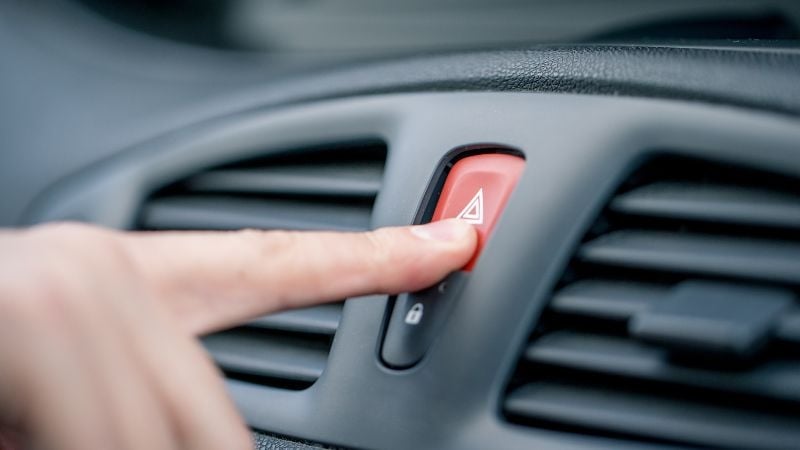
Image credit: CasarsaGuru via Canva Pro
If possible, move your car out of traffic and switch on hazard lights. Check if anyone is injured and call emergency services if needed.
Notify the authorities
For accidents involving injuries or major damage, call the police immediately and wait for them to arrive. For minor accidents, you may only need to exchange details with the other driver, but local rules can vary by state, so it’s often safer to call and ask.
Contact your rental company
They will guide you through the next steps. Some may arrange towing or repairs, and most will ask for a copy of the police report if applicable.
Document everything
Take photos of the damage, the road conditions, other vehicles involved and any visible injuries. Collect names, phone numbers and addresses of other drivers and witnesses.
Also read: Road Trips in Australia: Which of these Routes Suit You Best?
You’re ready to ride
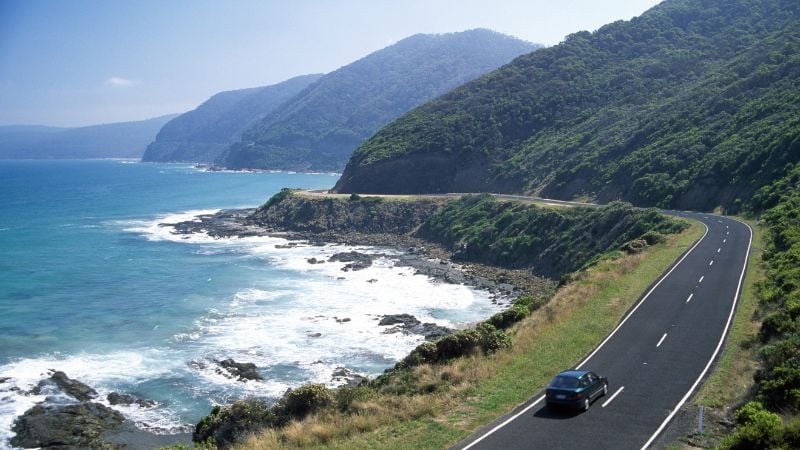
Image credit: Tourism Australia via Canva Pro
Hiring a car is by far the best way to explore Australia’s coasts, countryside and iconic outback. From understanding wildlife hazards to choosing the right insurance, preparation is the key to a smooth road trip. By following these steps, you can look forward to an adventure that’s as safe as it is unforgettable.




